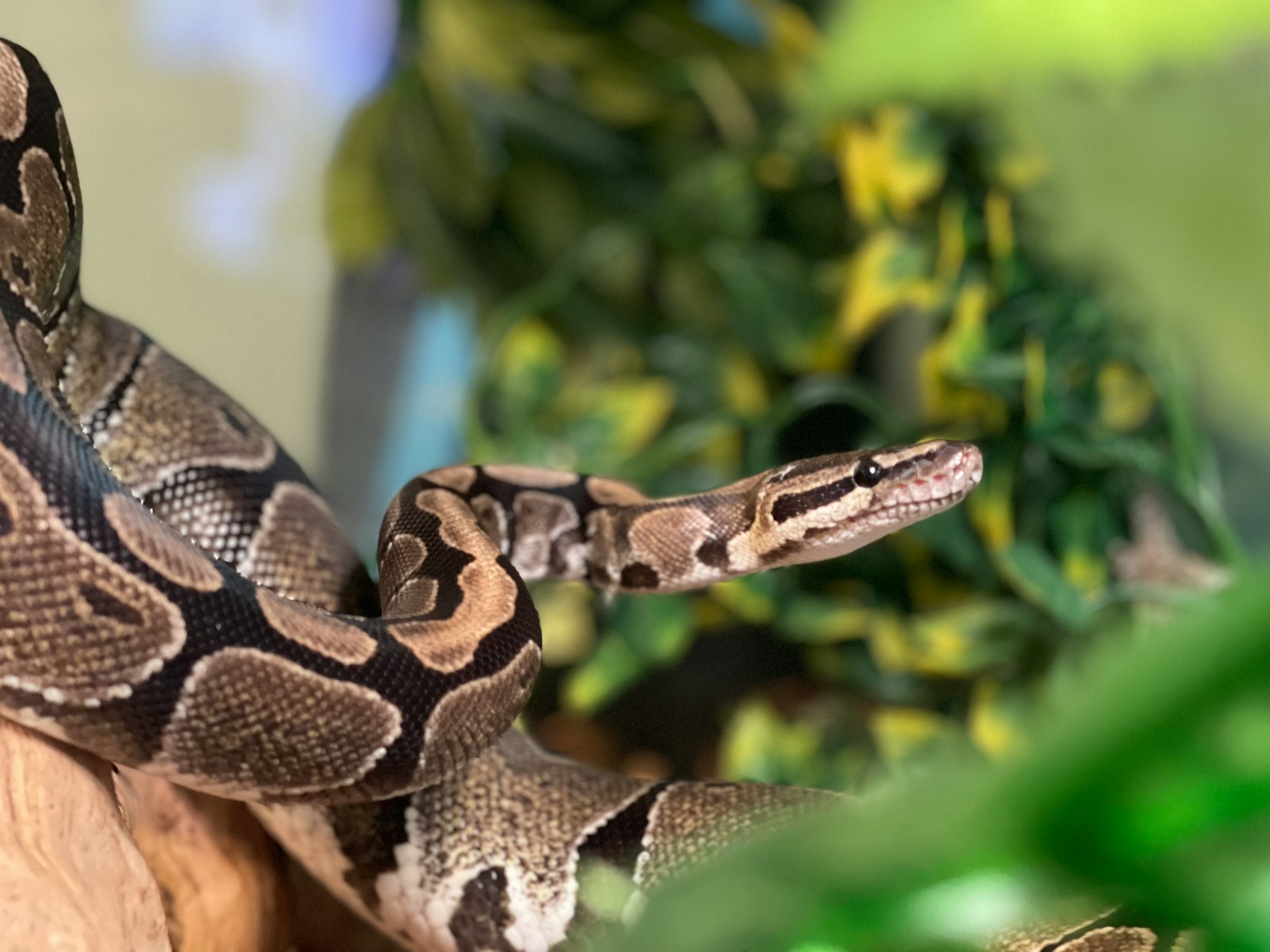When we think of snakes, most of us imagine them slithering across the ground or perhaps climbing trees. However, a fascinating subset of serpents has developed remarkable adaptations that allow them to dig directly downward into soil, sand, or loose substrate. These burrowing specialists have evolved specialized head shapes, scales, and muscle structures that enable them to disappear beneath the surface with surprising efficiency. From desert-dwelling sand swimmers to forest floor specialists, these remarkable reptiles have mastered subterranean living as a strategy for hunting, hiding from predators, regulating body temperature, and creating safe spaces for reproduction. Let’s explore six snake species known for their exceptional ability to burrow straight down into the earth.
The Mexican Burrowing Python (Loxocemus bicolor)
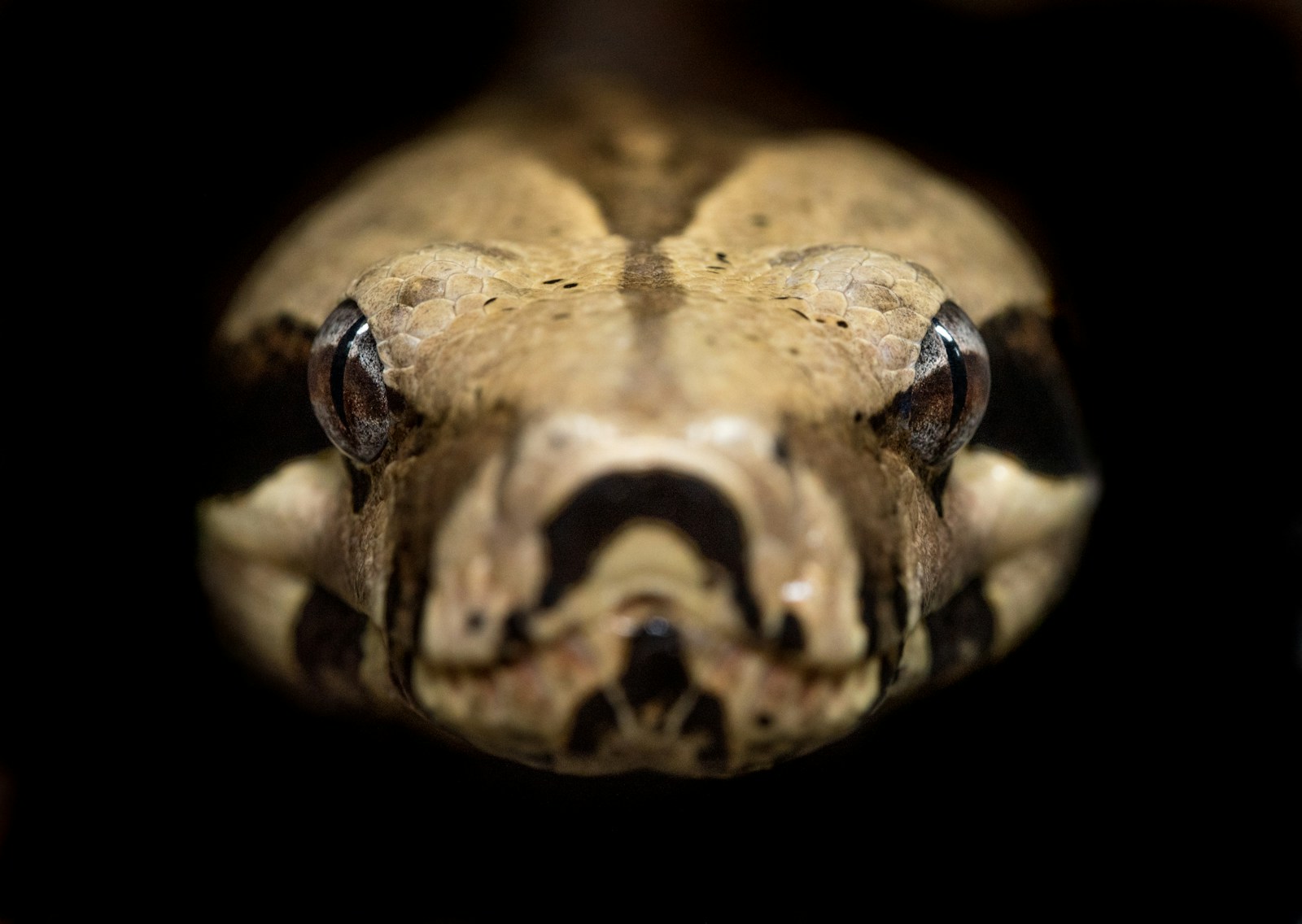
The Mexican Burrowing Python, also known as the New World Sunbeam Snake, is a primitive snake species that excels at burrowing directly downward. With its cylindrical body, small but sturdy head, and smooth, glossy scales, this snake can effortlessly penetrate loose soil in its native habitats of Mexico and Central America. Unlike many other burrowing snakes, Loxocemus bicolor possesses vestigial pelvic spurs—evolutionary remnants that hint at its relationship to pythons despite its burrowing lifestyle. The snake uses a fascinating technique of pushing its reinforced snout into the ground and then using powerful muscle contractions to drive its body downward in a straight line, creating vertical tunnels that can reach surprising depths. These secretive serpents spend the majority of their lives underground, emerging primarily at night or after heavy rains when the soil becomes easier to navigate.
Western Blind Snake (Leptotyphlops humilis)
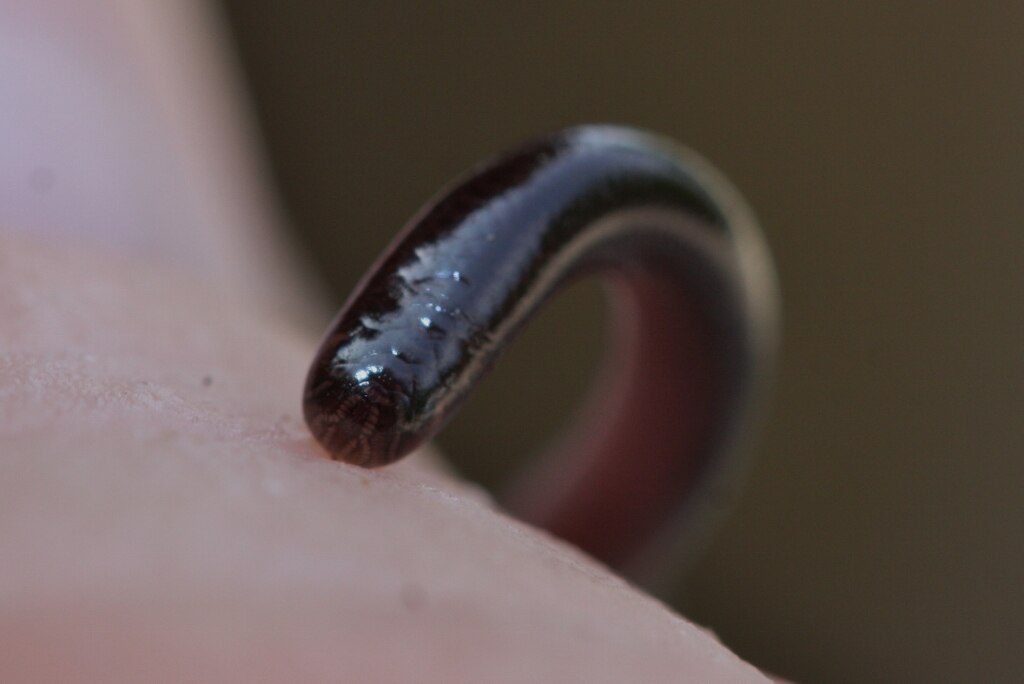
The Western Blind Snake is a master of vertical burrowing despite its diminutive size, rarely exceeding 12 inches in length. These thread-like serpents feature specialized scales that allow soil particles to slide past their bodies with minimal friction, facilitating their downward movement through even compacted substrates. Their most distinctive adaptation is a heavily reinforced skull with a pointed snout that functions like a drill bit, allowing them to create narrow, vertical tunnels with remarkable efficiency. Western Blind Snakes have vestigial eyes covered by scales, appearing as mere dark spots on their heads, as vision offers little advantage in their subterranean lifestyle. These specialized burrowers feed primarily on the eggs, larvae, and pupae of ants and termites, making them beneficial controllers of insect populations in their native southwestern United States and northern Mexico habitats.
Kenyan Sand Boa (Gongylophis colubrinus)
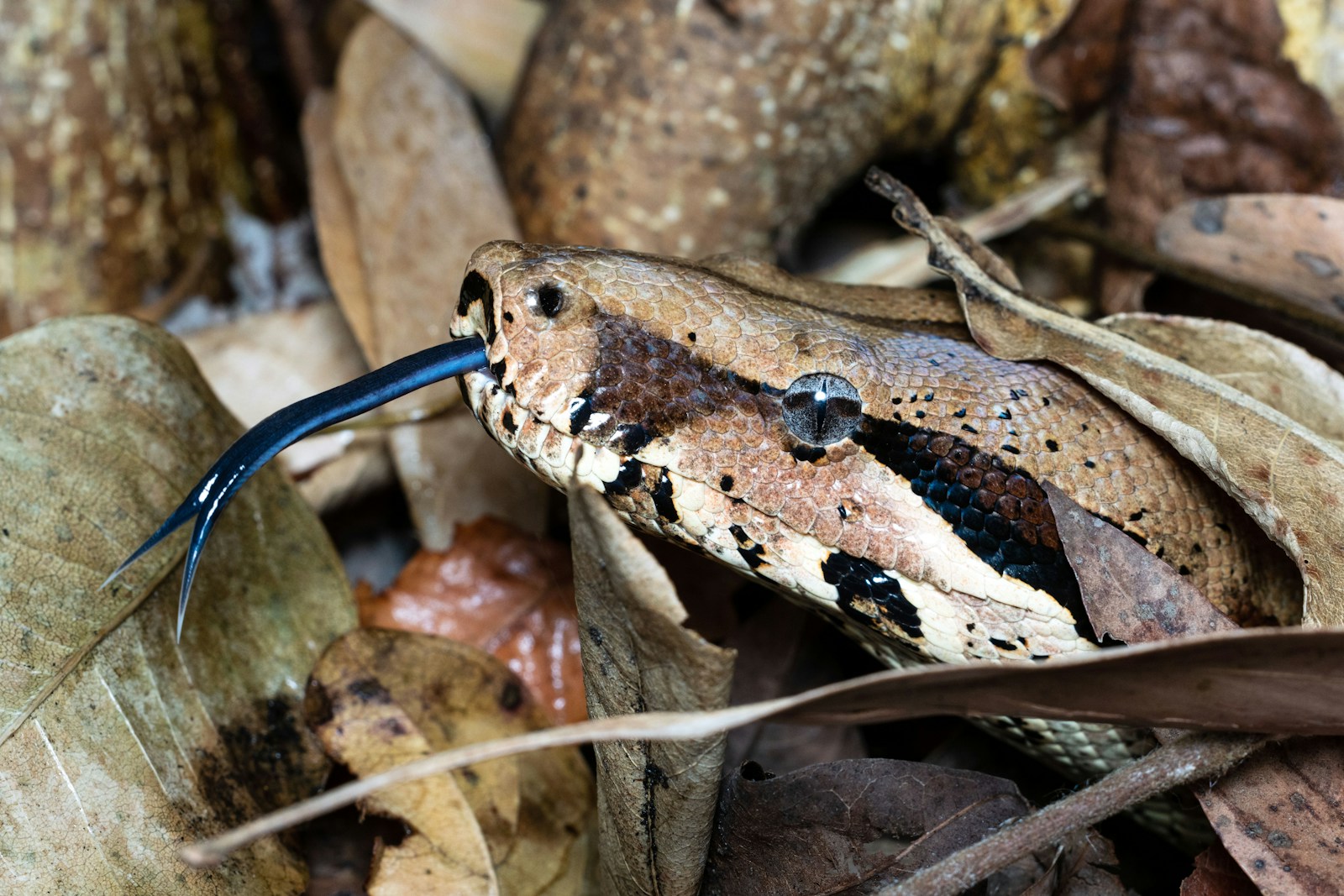
The Kenyan Sand Boa has evolved a specialized body plan perfectly suited for rapid vertical burrowing in loose sandy substrates. Unlike many snake species with gradually tapering tails, this sand boa possesses a blunt, rounded tail that serves as an effective anchor point when the snake needs to quickly disappear beneath the surface. Their most distinctive feature is a wedge-shaped head with upward-facing nostrils that allow them to breathe while nearly completely submerged in sand, waiting for prey to pass overhead. These ambush predators use their remarkable burrowing ability not just for protection but as a hunting technique, lying in wait with only their eyes and nostrils exposed before striking upward at passing rodents or lizards. Female Kenyan Sand Boas also utilize their burrowing abilities during reproduction, creating specialized chambers beneath the surface where they give birth to live young, providing them immediate protection from predators and harsh desert conditions.
Brahminy Blind Snake (Indotyphlops braminus)
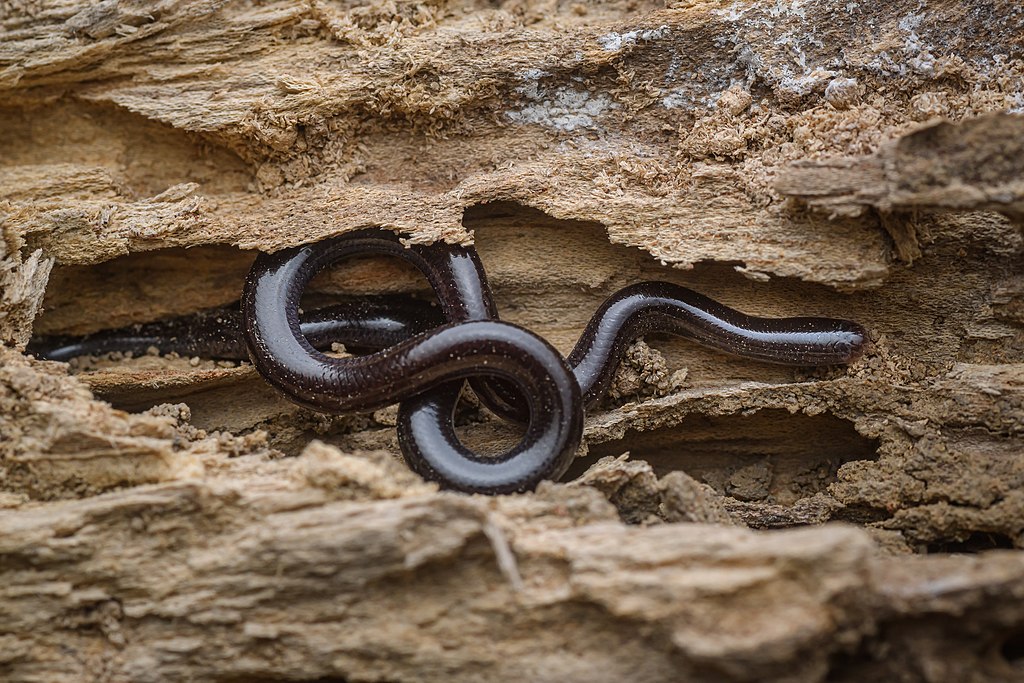
The Brahminy Blind Snake holds the distinction of being one of the world’s smallest snake species, yet it possesses extraordinary adaptations for burrowing straight downward. This tiny serpent, rarely exceeding 6 inches in length and often thinner than a pencil lead, has a remarkably rigid body structure that allows it to apply considerable force when driving its reinforced head directly into soil. Perhaps most fascinating is this species’ reproductive strategy—it consists entirely of females capable of parthenogenesis (reproduction without fertilization), making it the only known obligate parthenogenetic snake species in the world. This reproductive adaptation has contributed to its success as an invasive species, as a single individual can establish a new population when transported to new environments in potted plants or soil shipments. The Brahminy Blind Snake’s vertical burrowing technique is exceptionally energy-efficient, allowing these tiny serpents to penetrate surprising depths in search of their primary prey: termite eggs, ant larvae, and other small soil invertebrates.
Sand Lance (Rhinocheilus lecontei)
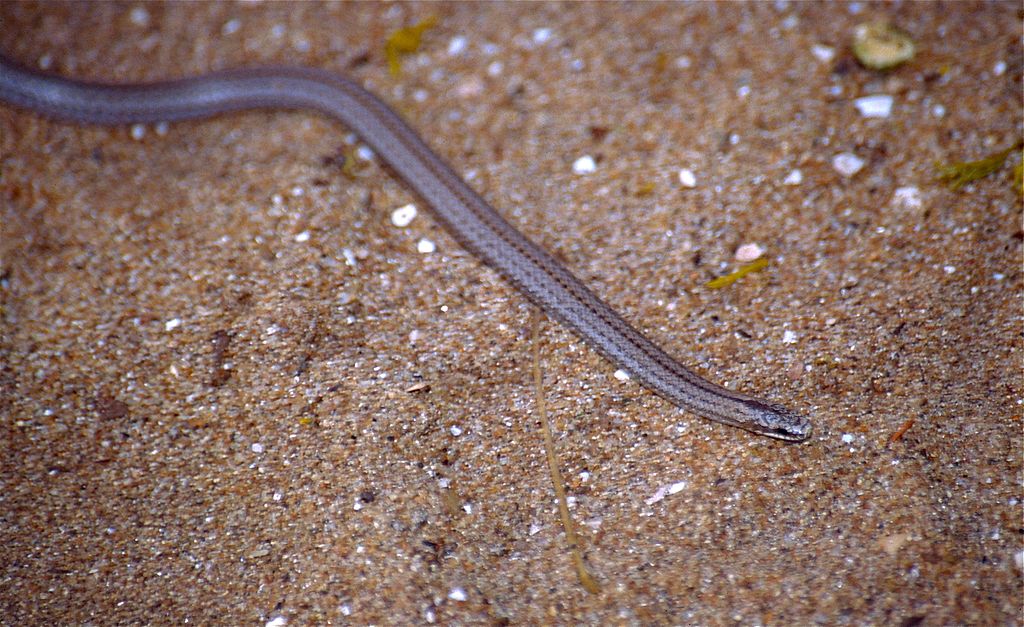
The Sand Lance, or Western Long-nosed Snake, demonstrates remarkable specialized adaptations for rapid vertical burrowing in desert and semi-arid environments across the southwestern United States and northern Mexico. Their most distinctive feature is an elongated, pointed snout with a slightly upturned tip that functions like a shovel, allowing the snake to penetrate sandy substrates with minimal resistance. Unlike many other burrowing species, Sand Lances possess unusually rigid bodies with specialized musculature that enables them to maintain impressive directional control while moving through loose substrates. These nocturnal hunters use their burrowing abilities both defensively and as a hunting strategy, sometimes remaining partially buried with only their heads exposed, waiting to ambush passing lizards, small rodents, or other snakes. Their vertical burrowing ability also serves as critical protection against extreme desert temperatures, allowing them to quickly escape the potentially lethal heat of exposed sand surfaces during daylight hours.
Calabar Burrowing Python (Calabaria reinhardtii)

The Calabar Burrowing Python of Central and West Africa represents an evolutionary marvel of adaptation for vertical burrowing. Unlike most pythons, this species has abandoned the traditional constricting hunting strategy in favor of a specialized burrowing lifestyle, with a cylindrical body of nearly uniform thickness from head to tail. Their most remarkable feature is a head so smoothly integrated with the body that it can be difficult to distinguish which end is which—a confusion the snake exploits defensively by hiding its head and waving its tail as a decoy when threatened. When burrowing vertically, the Calabar Python uses powerful concertina movements, alternately anchoring parts of its body while extending others, driving downward with surprising speed for its stocky build. These secretive serpents spend much of their lives in self-excavated burrows or those abandoned by rodents, emerging primarily during or after rainfall when the soil becomes softer and easier to navigate.
Evolutionary Adaptations for Vertical Burrowing

Snakes that specialize in burrowing straight down have developed remarkable convergent evolutionary adaptations despite belonging to different taxonomic families. The most obvious adaptation is their specialized head shape—typically featuring reinforced skull structures, smooth profiles, and often shovel-like snouts that minimize resistance when pushing through substrate. Many vertical burrowers have developed specialized scales with reduced friction, allowing soil particles to slide past without catching or creating drag during downward movement. Body musculature in these species has also evolved for maximum efficiency in vertical movement, with unique muscle attachments that allow for powerful concertina-like contractions that drive the snake deeper into its burrow. Perhaps most fascinating is the evolution of respiratory adaptations in these species, with many featuring specially positioned or valvular nostrils that prevent soil particles from entering while allowing the snake to breathe even when nearly completely submerged in substrate.
Burrowing Techniques and Mechanics
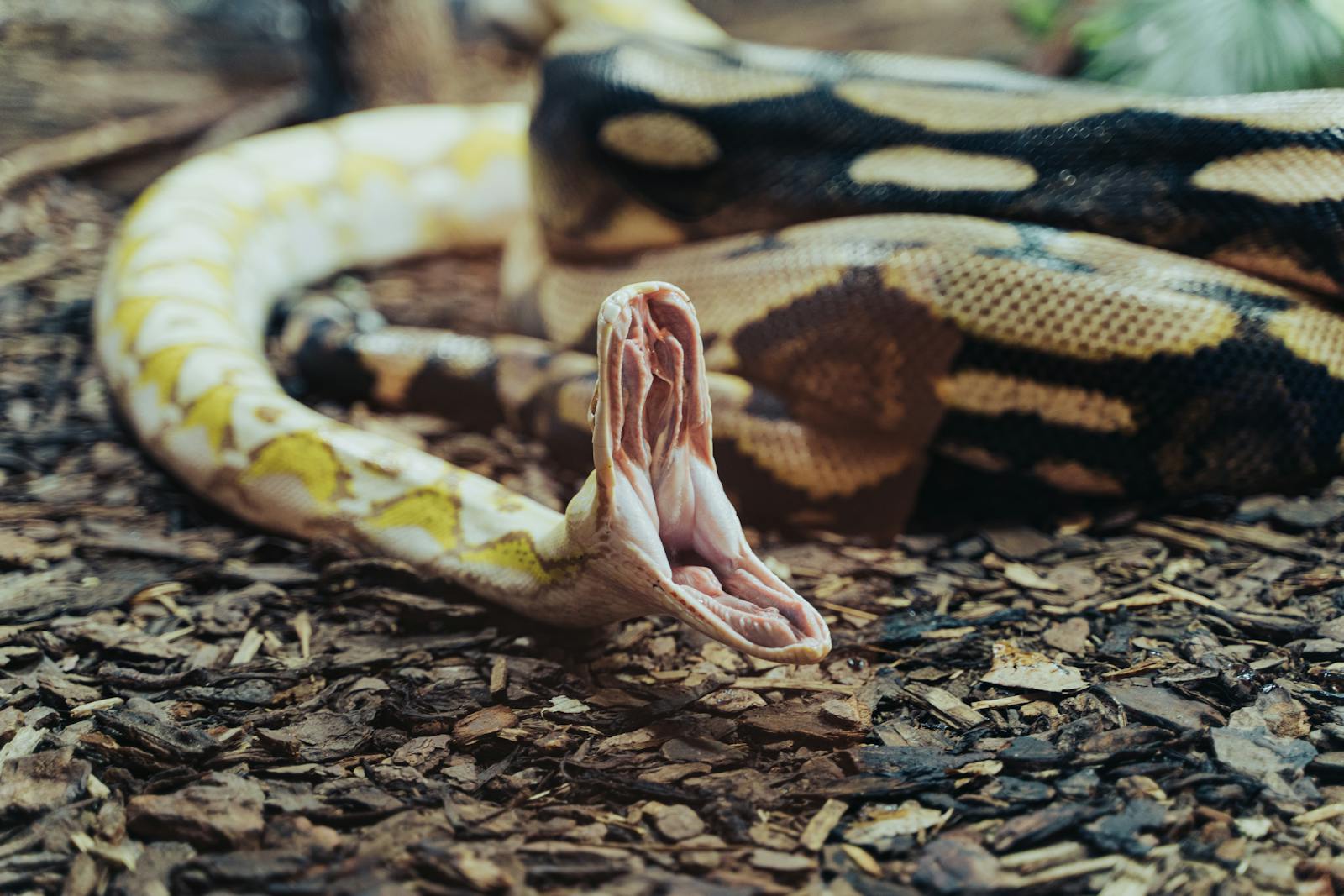
The physics of vertical burrowing presents unique challenges that these specialized snake species have overcome through various techniques. Most employ a combination of head-first driving motions and concertina-like muscle contractions, where sections of the body alternately anchor against tunnel walls while other sections extend forward. Some species, particularly those in sandy environments, utilize a fascinating technique called “sand swimming,” where rapid lateral undulations create fluidization of sand particles around their bodies, allowing them to effectively sink directly downward with minimal resistance. The smallest burrowing species often rely on existing cracks, root channels, or insect tunnels as starting points, expanding these pathways as they move deeper underground. Larger burrowing specialists typically possess specialized musculoskeletal systems that allow them to apply considerable force in a focused direction, essentially drilling themselves vertically into the substrate with surprising efficiency despite having evolved from ancestors adapted for horizontal surface locomotion.
Habitat Preferences of Vertical Burrowers
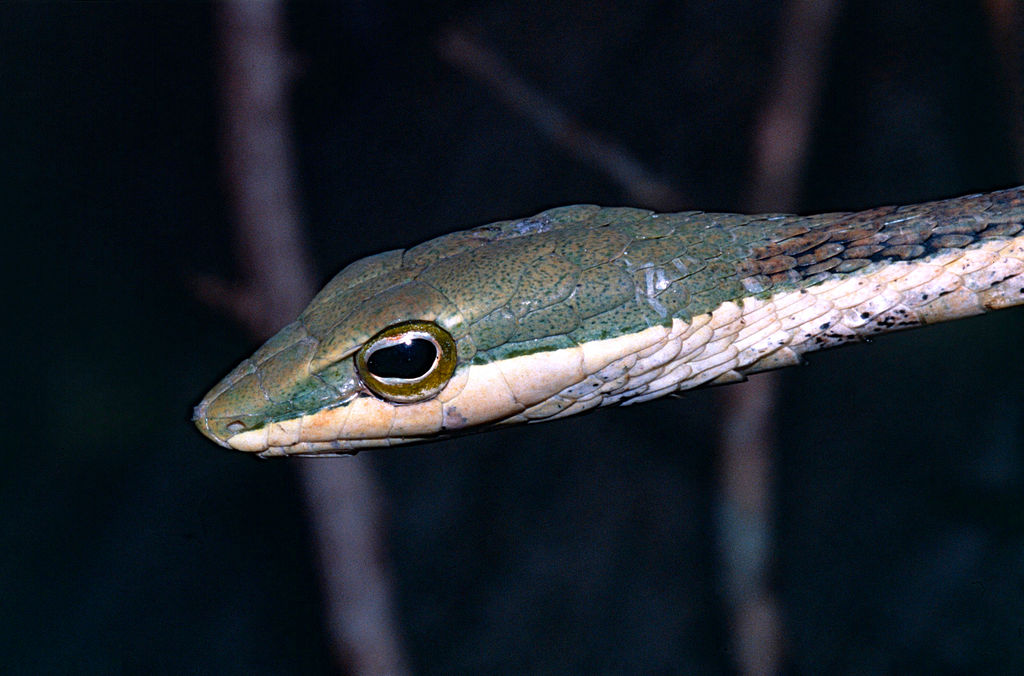
Vertical burrowing snakes have adapted to a surprising variety of soil types and ecosystems, though they share a preference for substrates that balance stability with penetrability. Desert-dwelling species like the Kenyan Sand Boa and Sand Lance favor loose, sandy soils that allow for rapid burial but maintain enough structural integrity to prevent collapse of their tunnels. Forest-dwelling burrowers like the Calabar Python typically prefer loamy soils rich in organic matter that offer more stability and moisture retention while still being penetrable by their specialized head shapes. Many of these species demonstrate remarkable substrate specificity, with their geographical ranges closely correlated with the presence of suitable burrowing mediums rather than climate factors alone. Vertical burrowers typically avoid heavy clay soils or extremely rocky substrates that would impede their burrowing abilities, though some species have evolved techniques to navigate even these challenging environments by exploiting existing cracks, plant root channels, or seasonal variations in soil moisture that temporarily soften otherwise impenetrable ground.
Feeding Strategies Underground
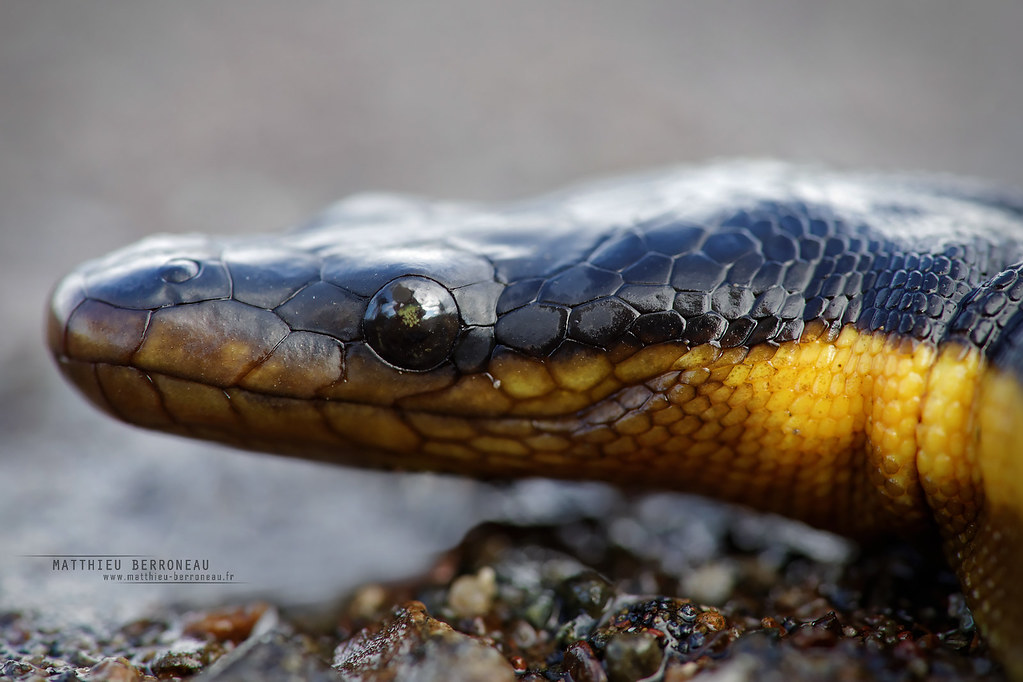
Vertical burrowing snakes have developed specialized feeding strategies that complement their subterranean lifestyle. Many smaller species, particularly blind snakes, have evolved to feed almost exclusively on social insects like ants and termites, following the scent trails of these prey directly to their underground colonies where they can consume eggs, larvae, and pupae in relative safety. Larger burrowing specialists often employ an ambush strategy, creating burrows that intersect with the tunnels of small mammals or reptiles, allowing them to surprise prey in confined spaces where escape is nearly impossible. Some species, like the Kenyan Sand Boa, combine their vertical burrowing ability with ambush predation, positioning themselves just beneath the surface with only their eyes and nostrils exposed, striking upward with remarkable speed when suitable prey moves overhead. The digestive physiology of these snakes has also adapted to their lifestyle, with many species capable of surviving on infrequent meals and processing prey efficiently in the oxygen-limited environment of their underground homes.
Predator Avoidance Behaviors
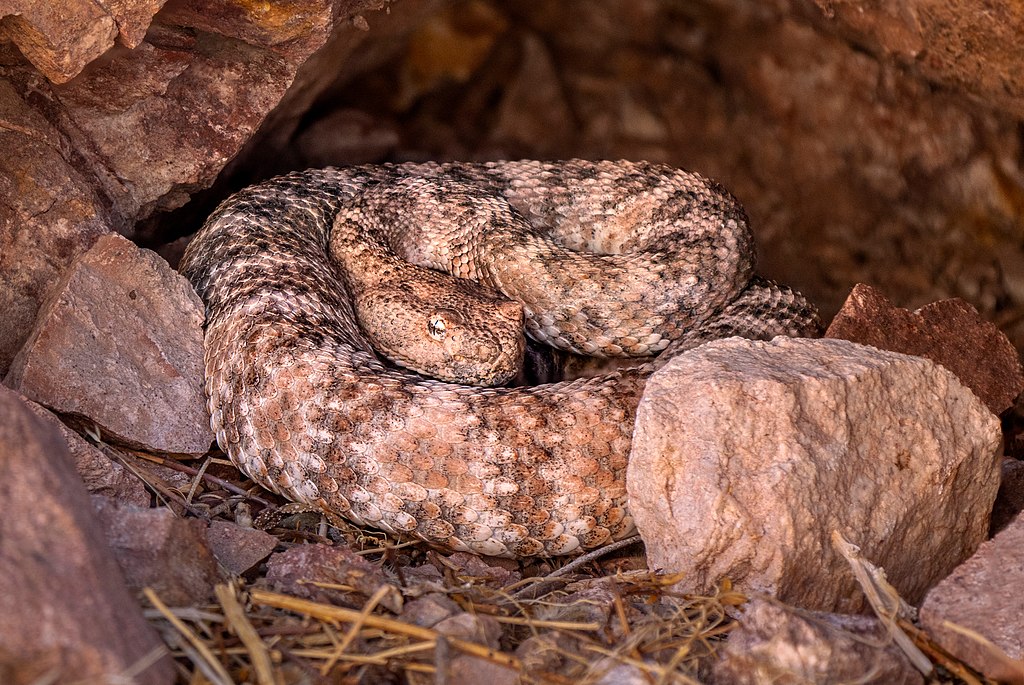
The ability to burrow straight down serves as a primary defense mechanism for these specialized serpents, allowing them to virtually disappear from sight within seconds when threatened. Many vertical burrowers have evolved additional defensive adaptations that complement their subterranean lifestyle, such as the Calabar Python’s remarkable tail-waving behavior, where it hides its head and exposes its tail to mimic the head, distracting predators from its most vulnerable body part. Several species utilize a fascinating defense strategy when partially exposed: rather than attempting to flee horizontally, which would leave them vulnerable, they rapidly burrow deeper using powerful vertical movements that make capture extremely difficult. The smallest burrowing species often rely on their unremarkable appearance and minuscule size, resembling earthworms to casual observers, providing a form of cryptic camouflage even when briefly exposed on the surface. For many of these specialized burrowers, their underground lifestyle is so complete that they rarely encounter predators at all, emerging typically only under cover of darkness or during rainfall events when predator activity might be reduced.
Reproduction and Parental Care
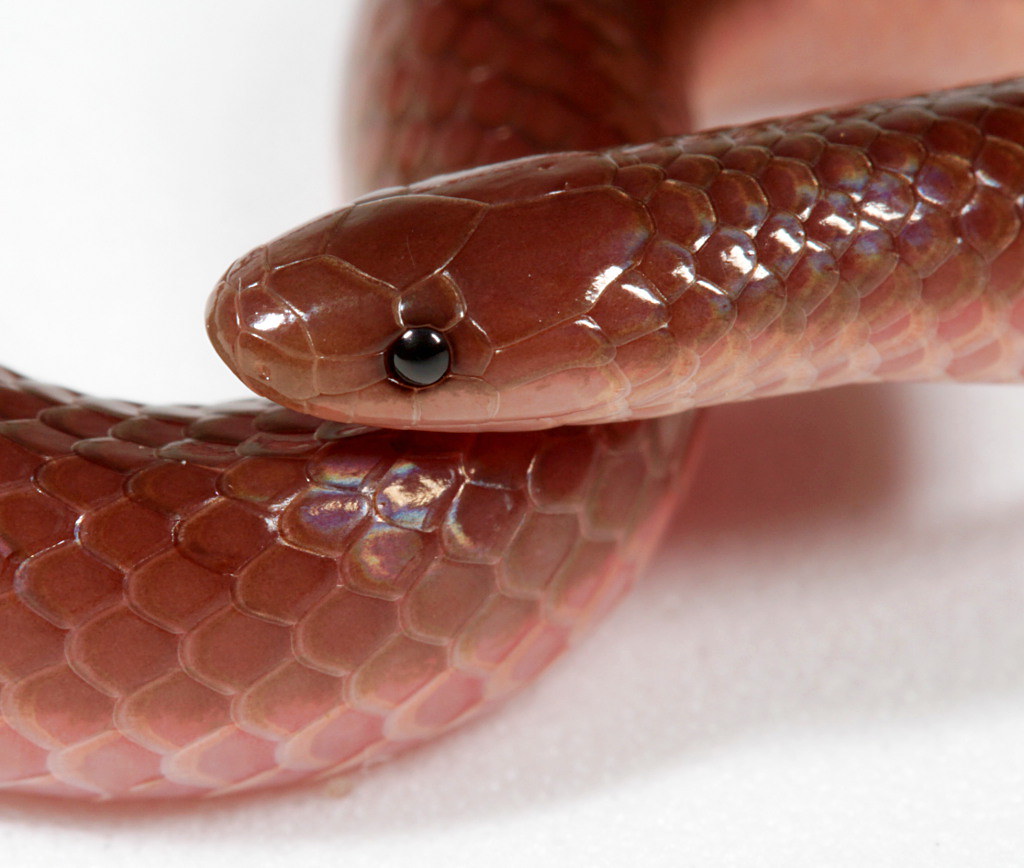
Vertical burrowing snakes exhibit fascinating reproductive adaptations suited to their subterranean lifestyle. Many species create specialized breeding chambers at carefully selected depths that provide optimal temperature and humidity for egg development or young rearing. Unlike surface-dwelling snakes that often abandon their eggs, several burrowing species demonstrate surprising degrees of parental care, with females remaining with their eggs in underground chambers, providing protection and maintaining appropriate microclimate conditions. The Kenyan Sand Boa and Calabar Python represent excellent examples of this adaptation, as females give birth to live young (viviparity) in protected underground chambers, providing immediate safety for their vulnerable offspring. Some burrowing species have evolved remarkably long gestation periods compared to surface-dwelling relatives, allowing young to develop to a more advanced stage before birth, compensating for the limitations of parental care in a subterranean environment. Perhaps most fascinating is the complete abandonment of males in the Brahminy Blind Snake lineage, which reproduces exclusively through parthenogenesis, creating perfect clones of the mother without the need for fertilization or mating behaviors.
Conservation Challenges
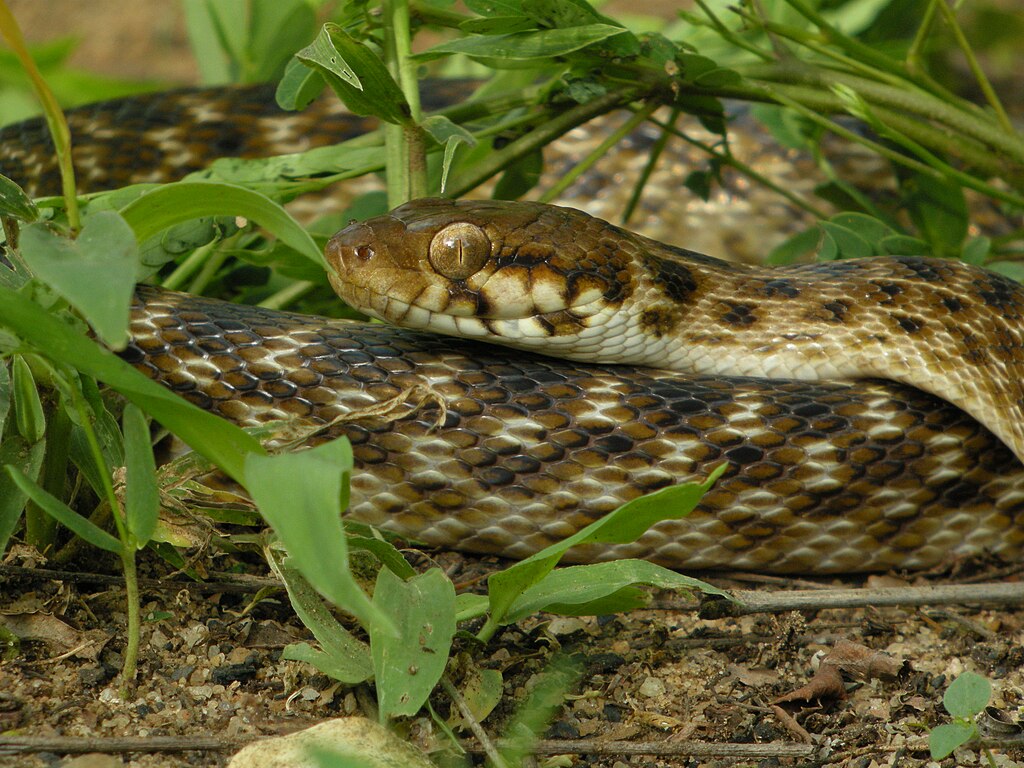
The secretive nature of vertical burrowing snakes presents unique conservation challenges, as their populations can be difficult to monitor and assess using conventional survey methods. Many species face significant threats from habitat destruction, particularly from agricultural practices like deep plowing, which can directly kill burrowing snakes or destroy the soil structure they depend upon. Urban development poses another serious threat, with soil compaction, removal of organic layers, and the application of pesticides creating environments hostile to these specialized reptiles. Climate change presents an emerging concern, as alterations in precipitation patterns can affect soil moisture levels critical for burrowing activity, potentially restricting the periods when these snakes can effectively move through their environment. Conservation efforts for these species are further complicated by limited public awareness and appreciation, as their subterranean lifestyle makes them less visible and charismatic than surface-dwelling wildlife, often resulting in lower prioritization in conservation planning and funding allocation.
Fascinating Research and Discovery
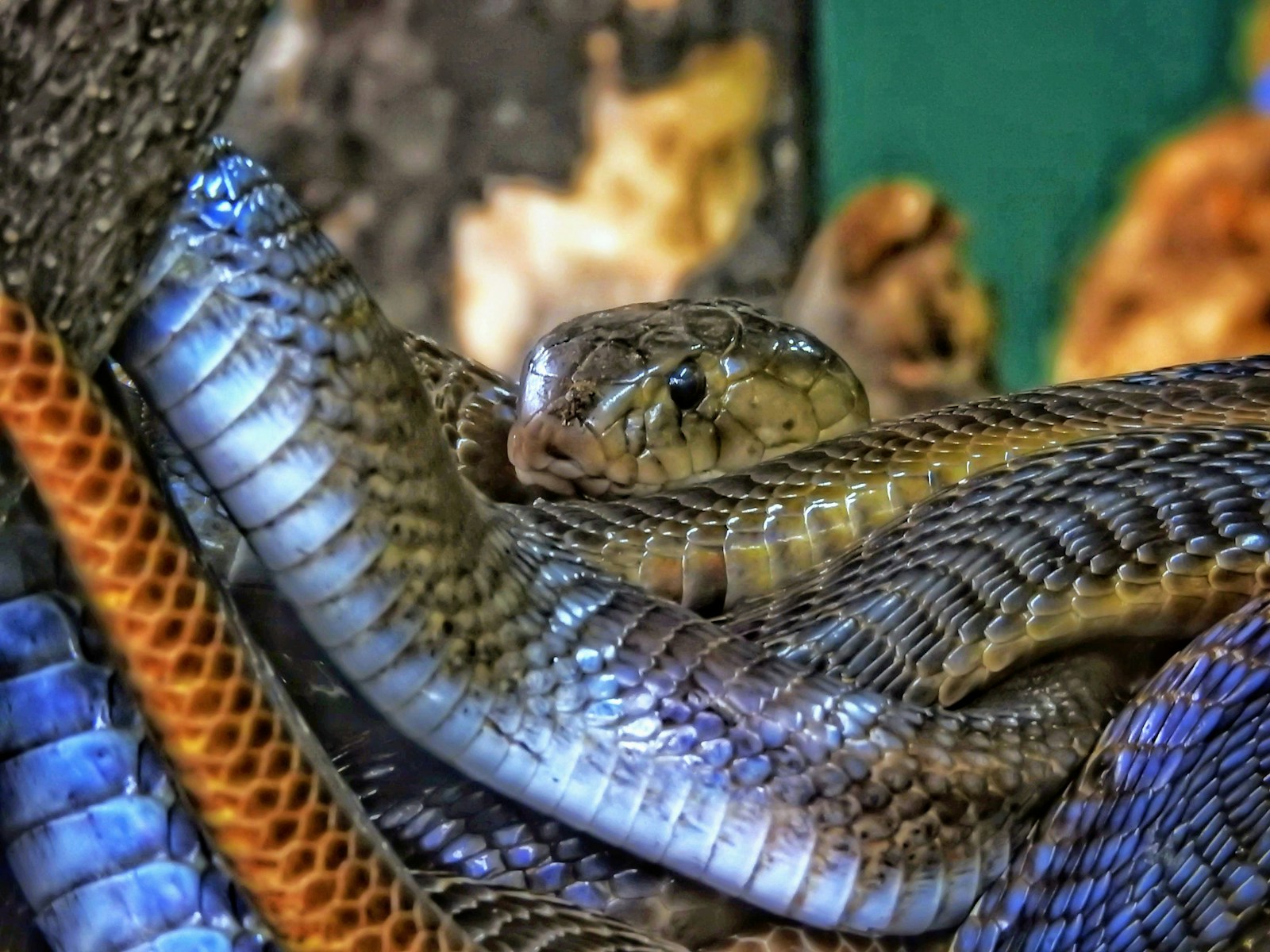
Modern research techniques are revealing new insights into the remarkable adaptations of vertical burrowing snakes. X-ray videography and specialized transparent artificial burrows have allowed researchers to document the previously hidden mechanics of subterranean locomotion, revealing the complex muscle activations that power their efficient downward movement. DNA analysis has uncovered surprising evolutionary relationships between burrowing specialists, demonstrating multiple independent evolutions of vertical burrowing adaptations across the snake family tree rather than a single common burrowing ancestor. Ecological research using radio tracking has revealed that some species create complex burrow systems with multiple vertical entrance shafts connected by horizontal tunnels, creating networks far more sophisticated than previously suspected. Perhaps most exciting is the discovery of new burrowing species in understudied regions, with several previously unknown vertical burrowing specialists identified in just the past decade, suggesting many more remain to be discovered in remote tropical regions where herpetological surveys have been limited.
In conclusion, the specialized snakes that have mastered the art of burrowing straight down represent fascinating examples of evolutionary adaptation. From their specialized head shapes and scales to their unique muscle structures and reproductive strategies, these serpents have developed remarkable solutions to the challenges of subterranean living. While often overlooked due to their secretive lifestyles, these specialized burrowers play important ecological roles in their environments as predators, prey, and soil engineers. As research techniques continue to advance, we can expect to discover even more about these remarkable reptiles and perhaps identify additional species that have mastered the challenging skill of vertical burrowing. Their continued survival depends on greater understanding and conservation of the often-overlooked subterranean ecosystems they inhabit.

